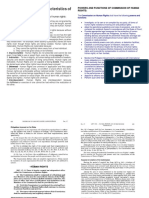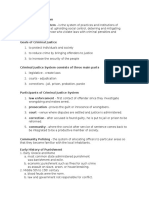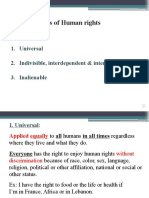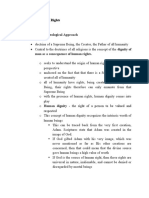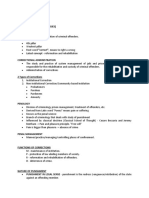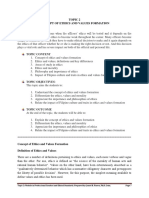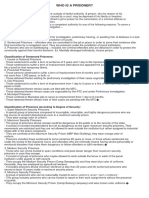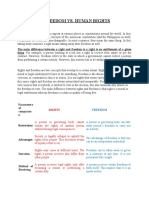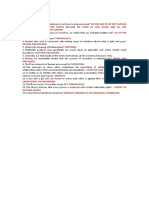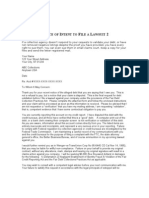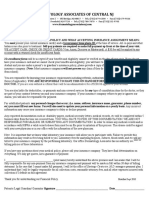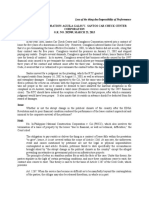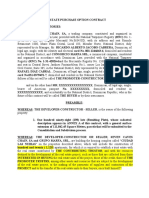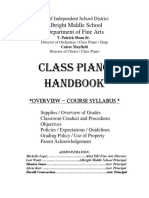0% found this document useful (0 votes)
2K views15 pagesChapter 1 Human Rights
Human rights are inherent to all human beings by virtue of being human. They include rights to life, dignity, liberty, equality, and self-development. Key principles of human rights are that they are universal, inalienable, and equal for all people regardless of attributes. Human rights are derived from inherent human dignity and worth, and are moral and legal rights protected at both domestic and international levels. There are various classifications of rights including by source (natural, constitutional, statutory), recipient (individual, collective), aspect of life (civil, political, economic, social, cultural), and degree of limitation (derogable, non-derogable).
Uploaded by
iamysaaahhhCopyright
© © All Rights Reserved
We take content rights seriously. If you suspect this is your content, claim it here.
Available Formats
Download as DOC, PDF, TXT or read online on Scribd
0% found this document useful (0 votes)
2K views15 pagesChapter 1 Human Rights
Human rights are inherent to all human beings by virtue of being human. They include rights to life, dignity, liberty, equality, and self-development. Key principles of human rights are that they are universal, inalienable, and equal for all people regardless of attributes. Human rights are derived from inherent human dignity and worth, and are moral and legal rights protected at both domestic and international levels. There are various classifications of rights including by source (natural, constitutional, statutory), recipient (individual, collective), aspect of life (civil, political, economic, social, cultural), and degree of limitation (derogable, non-derogable).
Uploaded by
iamysaaahhhCopyright
© © All Rights Reserved
We take content rights seriously. If you suspect this is your content, claim it here.
Available Formats
Download as DOC, PDF, TXT or read online on Scribd
/ 15




